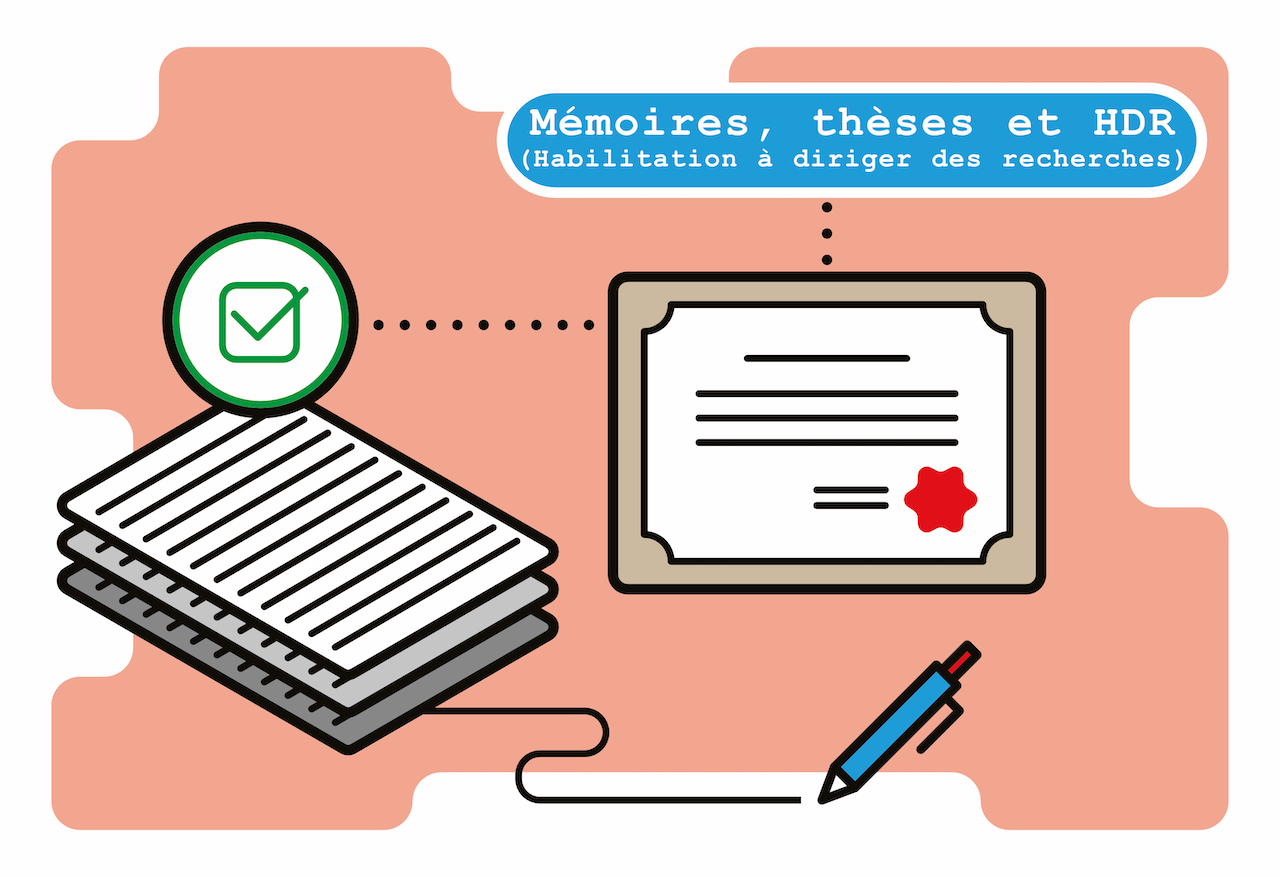Fiche du document
- ISIDORE Id: 10670/1.1435c0...
Mots-clés
Computational ChemistrySujets proches
ChemistryCiter ce document
X Zhang, « Computational insights into organic and organometallic catalysis », Oxford Research Archive, ID : 10670/1.1435c0...
Métriques
Partage / Export
Résumé
This thesis presents computational studies of some catalytic systems in both organic and organometallic chemistry using density functional theory (DFT). With these studies, we show how electronic structure theory such as DFT can complement experimental studies in elucidating and unravelling complex mechanisms. In Chapter 1, we give an overview of the theoretical background governing computational quantum chemistry and electronic structure theories. We then look at how theory is translated to the quantitative study of chemical reactivity and selectivity through simple transition state theory. Chapters 2 and 3 look at organocatalysis. In Chapter 2, we discuss computational work on the oxidant-promoted, hole-catalysed cyclobutanation between two unsymmetrical olefins (Scheme 0 (a)). Chemoselectivity (of reacting olefins), regioselectivity and stereoselectivity (of product formations) were explored. Chapter 3 discusses the mechanistic investigation of a novel bifunctional hydroxyphosphine catalyst, coupling with terminal phenylsilane reductant, in catalytic Staudinger reduction of azide to amine (Scheme 0 (b)). Chapters 4 to 7 look at the catalytic C–H bond functionalisations using transition-metal catalysts. In Chapter 4, we discuss Pd-catalysed δ-selective C(sp3)–H arylation of α-amino acids (Scheme 0 (c)). In Chapter 5 and Chapter 6, we look at the mechanisms underlying Pd-catalysed meta-selective C(sp2)–H allylation using unbiased internal olefin as an allyl surrogate and alkynylation via inverse Sonogashira coupling using trialkylsilylated bromoalkyne, respectively (Scheme 0 (d)). In Chapter 7, we look at using different transition metal catalysts to effect the regiodivergent C(sp2)–H arylation of isoquinolone (Scheme 0 (e)). Chapter 8 gives some concluding remarks regarding the field of computational chemistry in organic and organometallic catalyses and some outlook to the future of chemistry using other computational tools apart from those used in this thesis.
